Everything about STINGING PEST

| Everything About STINGING PEST | |
|---|---|
| Feature | Description |
| Types | Bees, wasps, hornets, yellow jackets, etc. |
| Sting Severity | Can range from mild pain to severe allergic reactions. |
| Common Habitats | Nests in trees, ground, eaves, and in buildings. |
| Diet | Most feed on nectar, but some also hunt insects. |
| Behavior | Some are aggressive when provoked or when defending their nest. |
Dissecting Stinging Pest
Anatomy
Stinging pests, like other insects, possess a unique and complex anatomy that has evolved over millions of years. Let’s delve into the basic anatomy of stinging pests:
1. Exoskeleton:
– Just as with ants and other insects, stinging pests are enveloped by a tough outer shell known as the exoskeleton. This offers critical structural support and protection for these insects.
– The exoskeleton additionally reduces water loss and serves as a protective barrier against potential threats and pathogens.
2. Head:
– Antennae: Stinging pests have antennae that play a crucial role in navigation, communication, and sensing their environment.
– Compound Eyes: These are multifaceted eyes that give stinging pests a broad field of vision, aiding them in locating flowers, mates, or threats.
– Mandibles: Depending on the species, these jaw-like structures can be used for biting, cutting, and manipulating food or building materials.
3. Thorax:
– This is the segment where the wings and legs attach. Stinging pests typically possess two pairs of wings, although in some species, like worker ants, the wings are absent.
4. Stinger:
– A defining feature of many stinging pests, the stinger is an adapted organ connected to venom glands. It’s used both for defense and, in some species, to paralyze prey.
5. Abdomen:
– The rear part of the insect’s body, houses various vital organs, including the digestive system and reproductive organs. In queen bees, the abdomen is elongated to facilitate egg-laying.
6. Legs:
– Stinging pests typically have six jointed legs. In bees, the hind legs are specialized with structures called pollen baskets to collect and carry pollen.
This anatomy provides a general overview of stinging pests. Specific species will have unique characteristics or adaptations based on their specific roles and environments.
What are the most common types of Stinging PEST
in Canada?
Exoskeleton
Head
Exoskeleton
- Just as with ants and other insects, stinging pests are enveloped by a tough outer shell known as the exoskeleton. This offers critical structural support and protection for these insects.
- The exoskeleton additionally reduces water loss and serves as a protective barrier against potential threats and pathogens.
Head
- Antennae: Stinging pests have antennae that play a crucial role in navigation, communication, and sensing their environment.
- Compound Eyes: These are multifaceted eyes that give stinging pests a broad field of vision, aiding them in locating flowers, mates, or threats.
- Mandibles: Depending on the species, these jaw-like structures can be used for biting, cutting, and manipulating food or building materials.
In Canada, several stinging pests can be a cause for concern due to their potential to deliver painful stings, cause allergic reactions, or become nuisances in certain environments. Here are some of the most common stinging pests found in Canada:
- Yellowjacket (Vespula spp.)
- Bald-Faced Hornet (Dolichovespula maculata)
- Paper Wasp (Polistes spp.)
- Honeybee (Apis mellifera)
- Bumblebee (Bombus spp.)
- European Hornet (Vespa crabro)
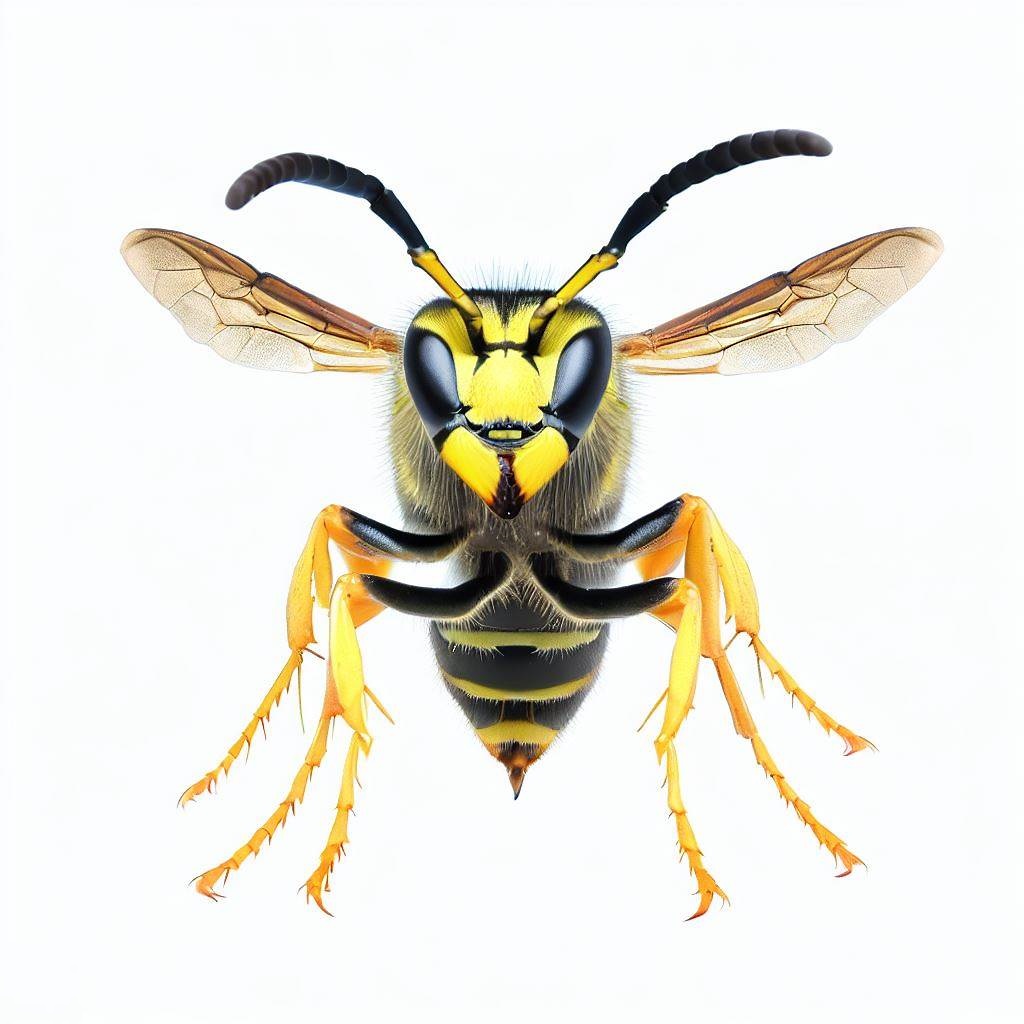
Yellowjacket
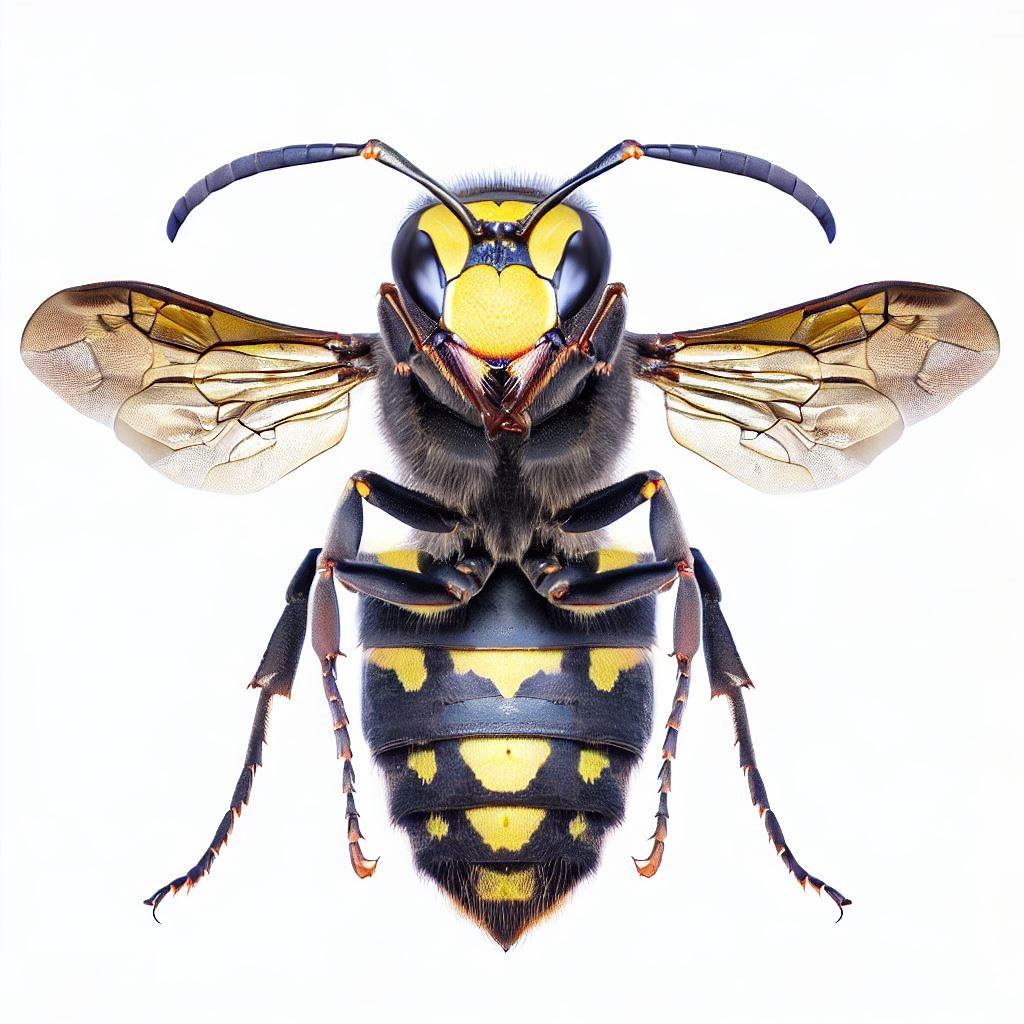
Bald-Faced Hornet

Paper Wasp
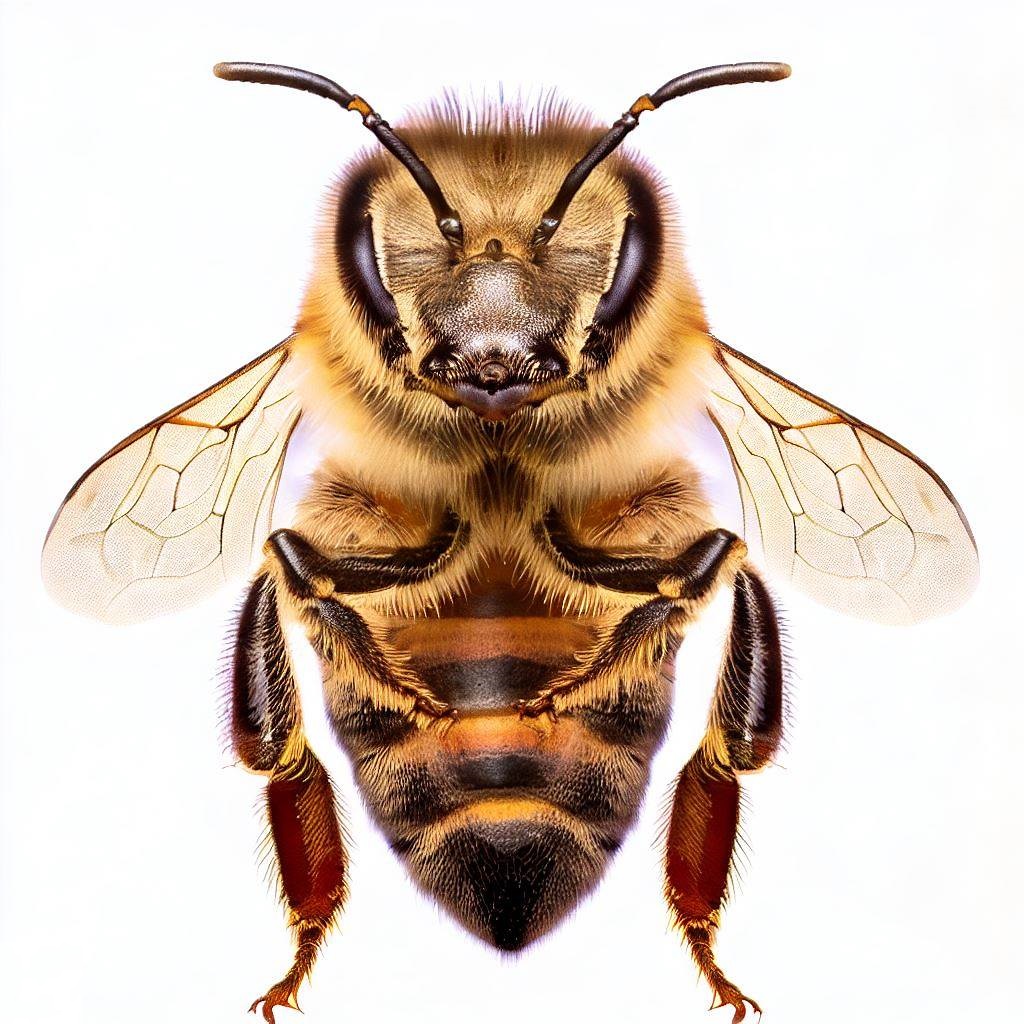
Honeybee

Bumblebee
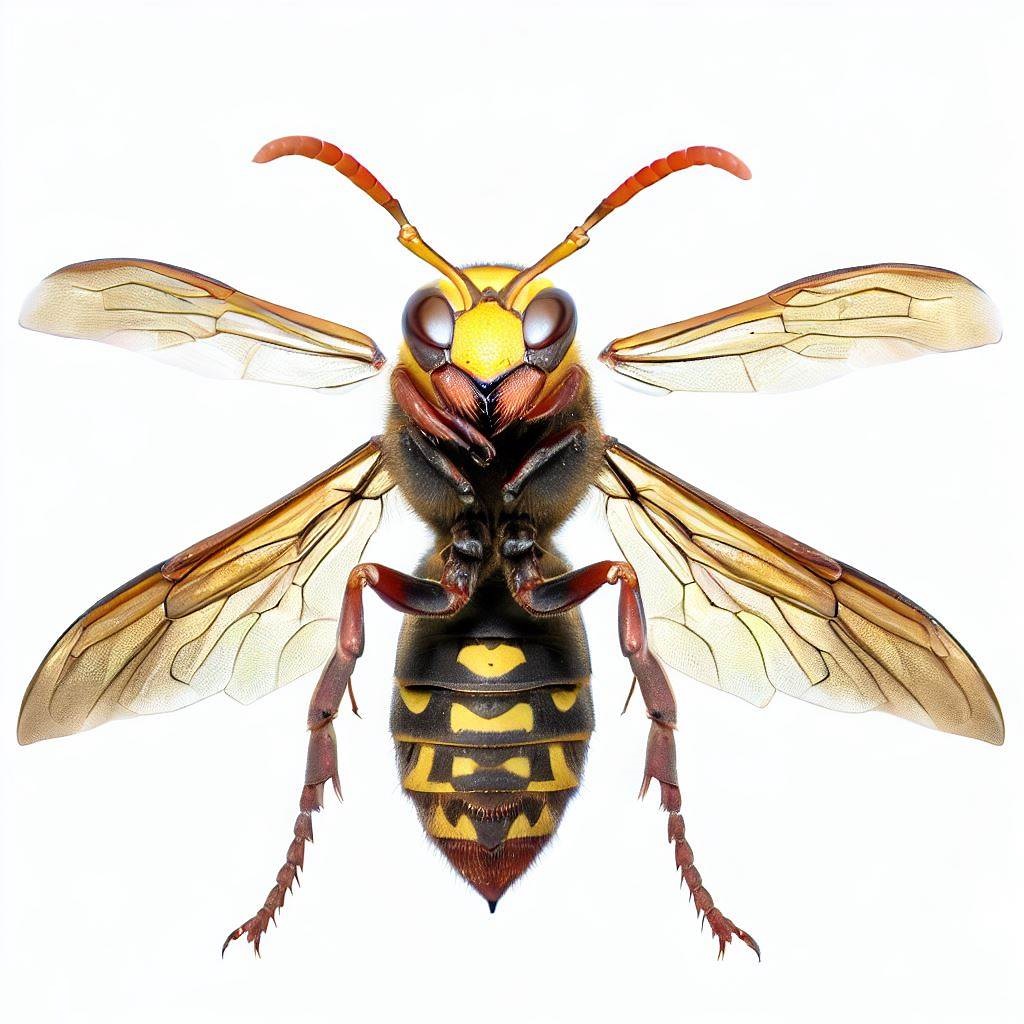
European Hornet
Call us for a Free Stinging Pest Inspection
What are the characteristics of Yellowjacket?
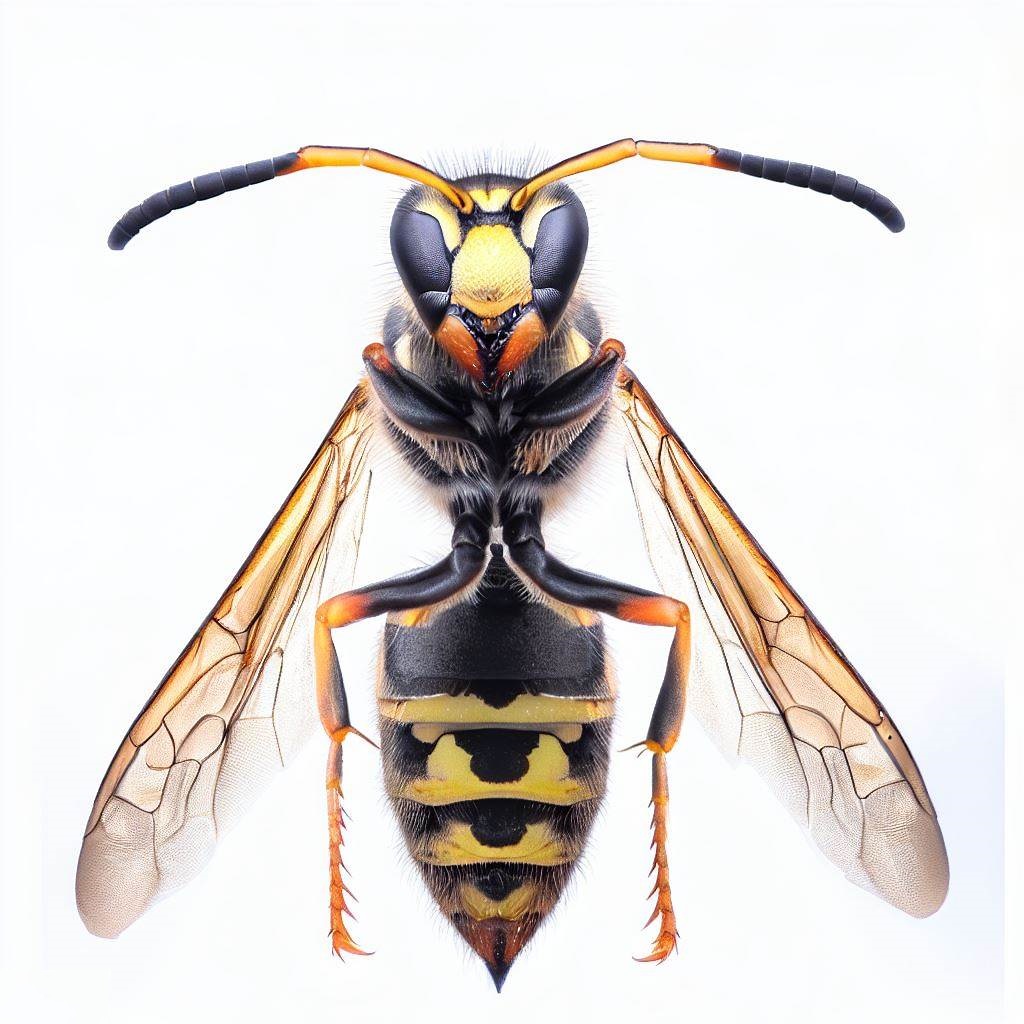
| Characteristics of Yellowjacket | |
|---|---|
| Feature | Description |
| Size | Typically around 10-16 mm in length. |
| Color | Black with yellow markings. Patterns vary among species. |
| Nest | Most species build nests underground, but some may build them in attics or other voids. |
| Diet | Feeds on sugars and carbohydrates; often attracted to human food. They also prey on insects. |
| Behavior | Can become aggressive when provoked, especially if the nest is threatened. Known for delivering painful stings. |
What are the characteristics of Bald-Faced Hornet?
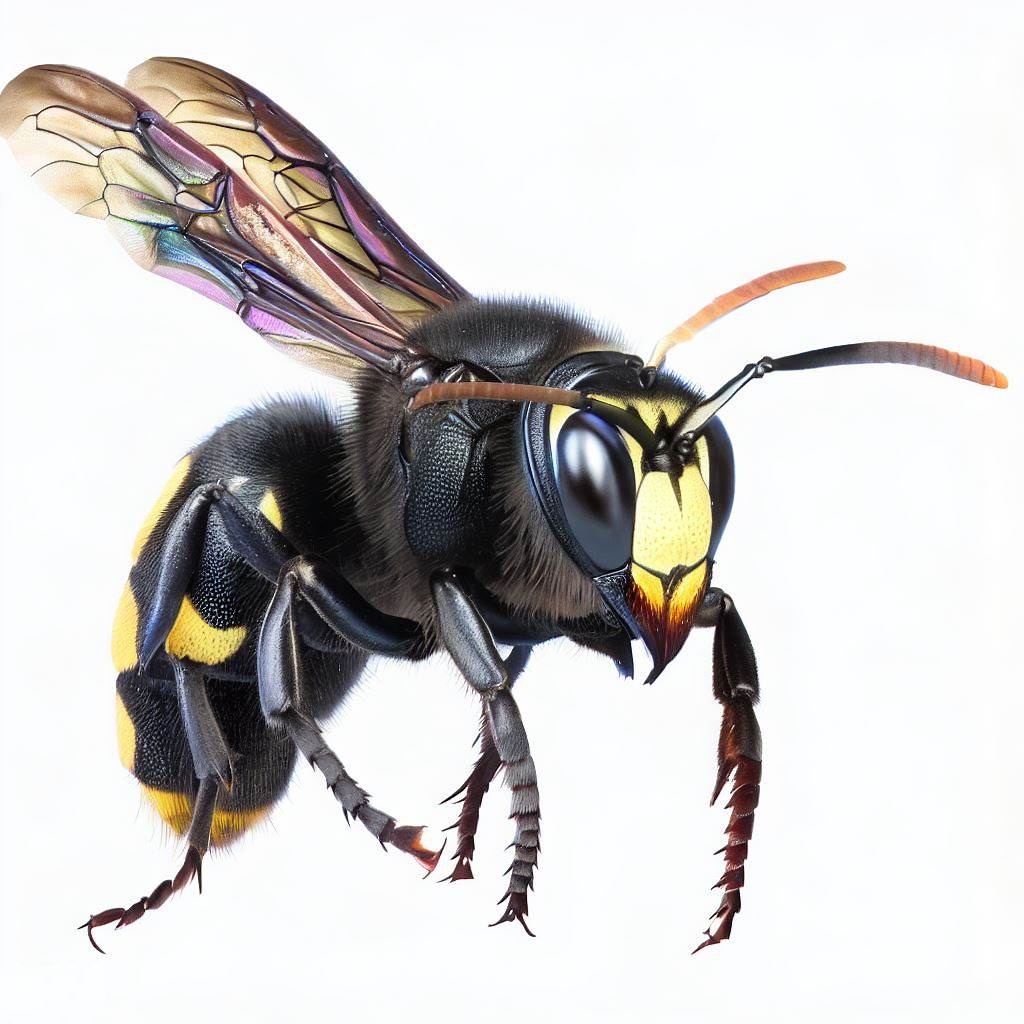
| Characteristics of Bald-Faced Hornet | |
|---|---|
| Feature | Description |
| Size | Approximately 12-20 mm in length. |
| Color | Distinctive black and white coloration. |
| Nest | Aerial nests made of paper-like material, typically built in trees or shrubs but can be found on buildings. |
| Diet | Feeds on other insects, especially flies and caterpillars, and also seeks out sugars and carbohydrates. |
| Behavior | Aggressive when their nest is threatened, capable of delivering painful stings multiple times. |
What are the characteristics of Paper Wasp?

| Characteristics of Paper Wasp | |
|---|---|
| Feature | Description |
| Size | Typically 16-20 mm in length. |
| Color | Varies by species, often with yellow, brown, and reddish-brown patterns. |
| Nest | Open-combed nests made of paper-like material, often found hanging from trees, eaves, or other horizontal surfaces. |
| Diet | Primarily feed on nectar but also hunt insects, especially caterpillars, to feed to their larvae. |
| Behavior | Less aggressive than yellow jackets and hornets, but will defend their nests if threatened. |
What are the characteristics of Honeybee?
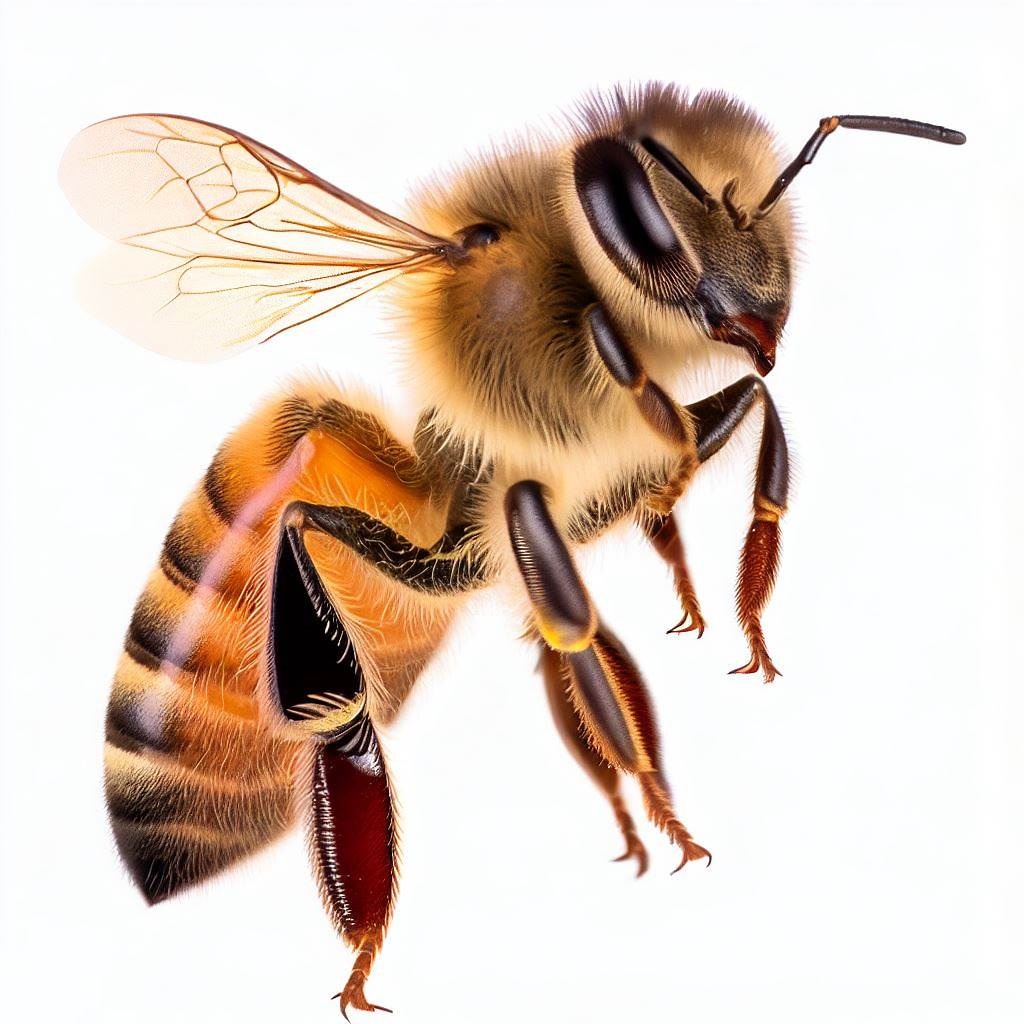
| Characteristics of Honeybee | |
|---|---|
| Feature | Description |
| Size | Approximately 15 mm in length. |
| Color | Golden-yellow with brown bands; some species may vary in color. |
| Hive | Complex, wax-made structures often located in tree crevices or man-made hives, housing thousands of bees. |
| Diet | Feed on nectar and pollen from flowers. They transform nectar into honey and store it in their hives. |
| Behavior | Social insects that live in colonies with a queen, workers, and drones. Known for their pollination role in ecosystems. |
What are the characteristics of Bumblebee?
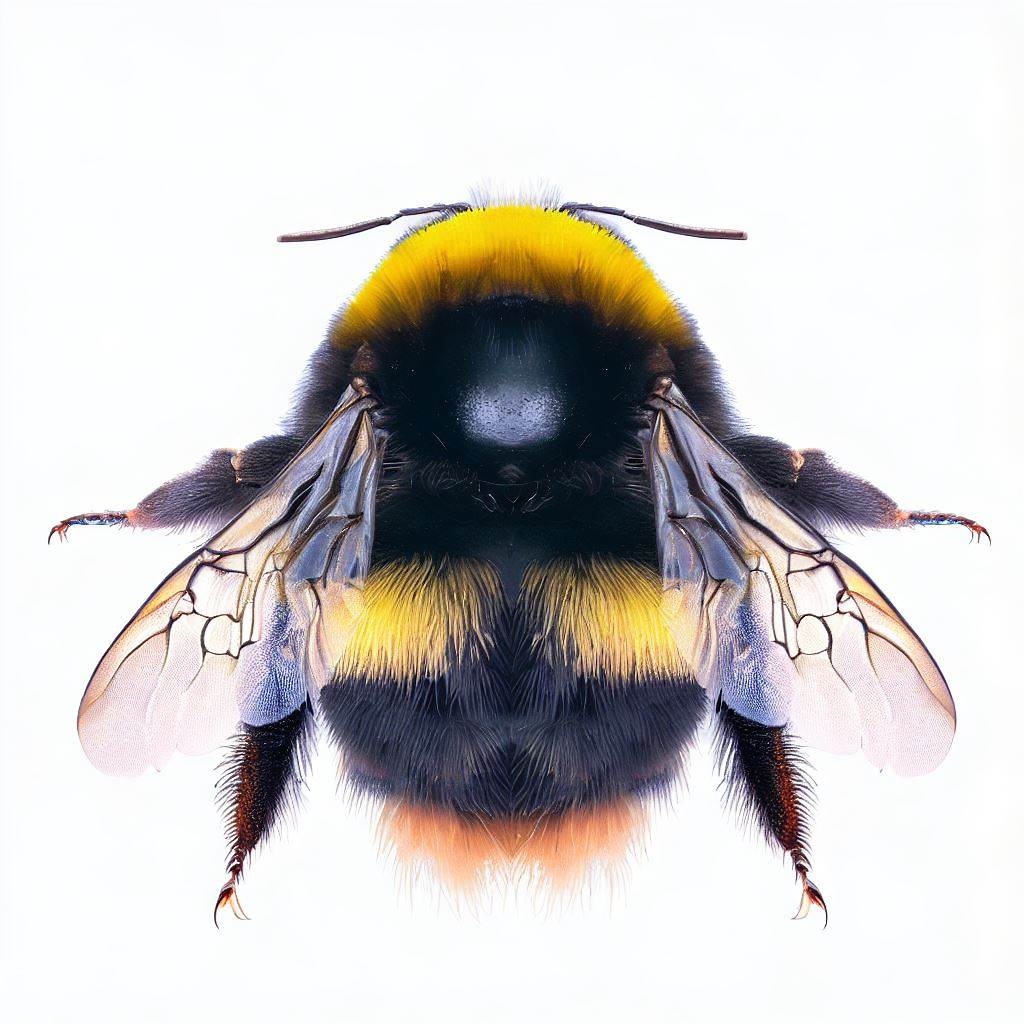
| Characteristics of Bumblebee | |
|---|---|
| Feature | Description |
| Size | Varies by species, ranging from 10 mm to 23 mm in length. |
| Color | Black with broad yellow or orange bands. Fuzzier appearance compared to other bee species. |
| Nest | Nests are often located underground, sometimes above ground in thick grass or bird boxes. They're smaller than honeybee hives, typically housing fewer than 500 bees. |
| Diet | Feed on nectar and pollen. They have long tongues allowing them to extract nectar from flowers others can't reach. |
| Behavior | Social insects, but with smaller colonies than honeybees. Known for their beneficial role in pollinating many plants. |
What are the characteristics of European Hornet?
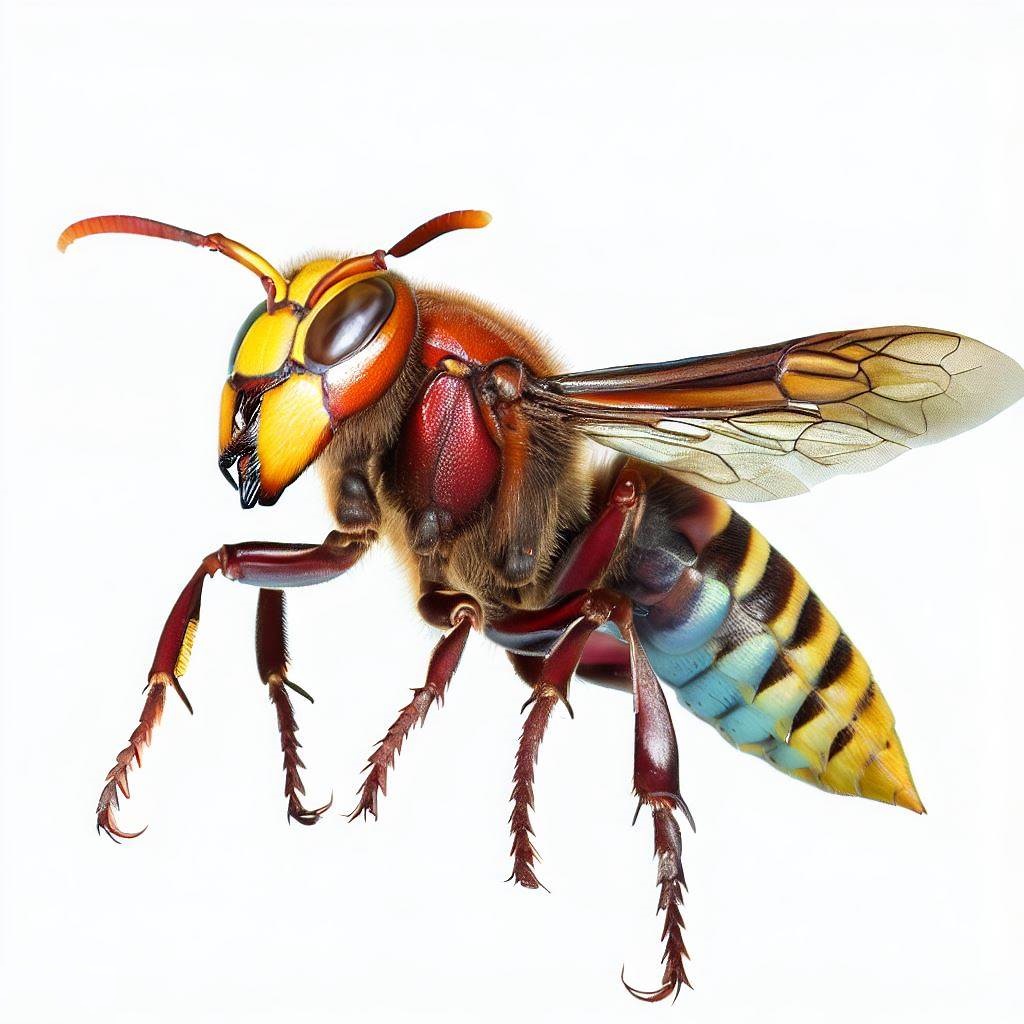
| Characteristics of European Hornet | |
|---|---|
| Feature | Description |
| Size | Larger than most wasps, ranging from 18 to 35 mm in length. |
| Color | Yellow and brown or black striped body. |
| Nest | Often build their nests in hollow trees, barns, outbuildings, hollow walls of houses, and in the ground. |
| Diet | Predatory; they feed on large insects such as beetles, wasps, and large moths. Also attracted to sugars and human foods. |
| Behavior | Less aggressive than their relative the yellowjacket, but can become aggressive if their nest is threatened. They can sting multiple times. |
Call us for a Free Stinging Pest Inspection
Top Tips To Prevent Stinging Infestations: Essential Guide
- Regular Inspections: Periodically check areas like eaves, attics, and under decks for signs of nests. Early detection and removal can prevent larger infestations.
- Proper Garbage Disposal: Ensure garbage bins have tightly fitting lids. Stinging pests, like wasps, are often attracted to food remnants, especially those that are sugary.
- Seal Entry Points: Identify and seal potential entry points in your home’s structure, such as cracks, crevices, and gaps. This will deter pests from establishing a nest indoors.
- Limit Attractants: Keep outdoor foods covered, especially during picnics or barbecues. Sweet foods and drinks can attract stinging pests.
- Professional Assistance: If you spot a nest or signs of an infestation, consider calling in professionals. Some stinging pests can become aggressive when their nest is threatened, and professional removal can be safer and more effective.
Frequently Asked Questions about Stinging:
Bees, wasps, and other stinging insects typically sting as a defense mechanism. When they feel threatened or when their nest is disturbed, they may sting to protect themselves or their colony. Additionally, some species can be more aggressive than others, increasing the likelihood of a sting.
Yes, there is. While both bee and wasp stings can be painful and cause redness and swelling, their reactions can differ. Bee stings usually leave behind a barbed stinger, which can continue to pump venom into the skin unless removed. Wasps, on the other hand, do not leave their stingers behind and can sting multiple times. The venom composition also varies between the two, potentially causing different reactions.
If you’re not allergic, you can usually treat a sting at home. For bee stings, first remove the stinger by scraping it out with a card or fingernail (avoid using tweezers, as this can squeeze more venom out). Clean the area with soap and water. Apply a cold pack to reduce swelling and take an over-the-counter painkiller if needed. If you experience severe reactions like difficulty breathing, dizziness, or swelling of the throat, seek medical attention immediately as these could be signs of an allergic reaction.
